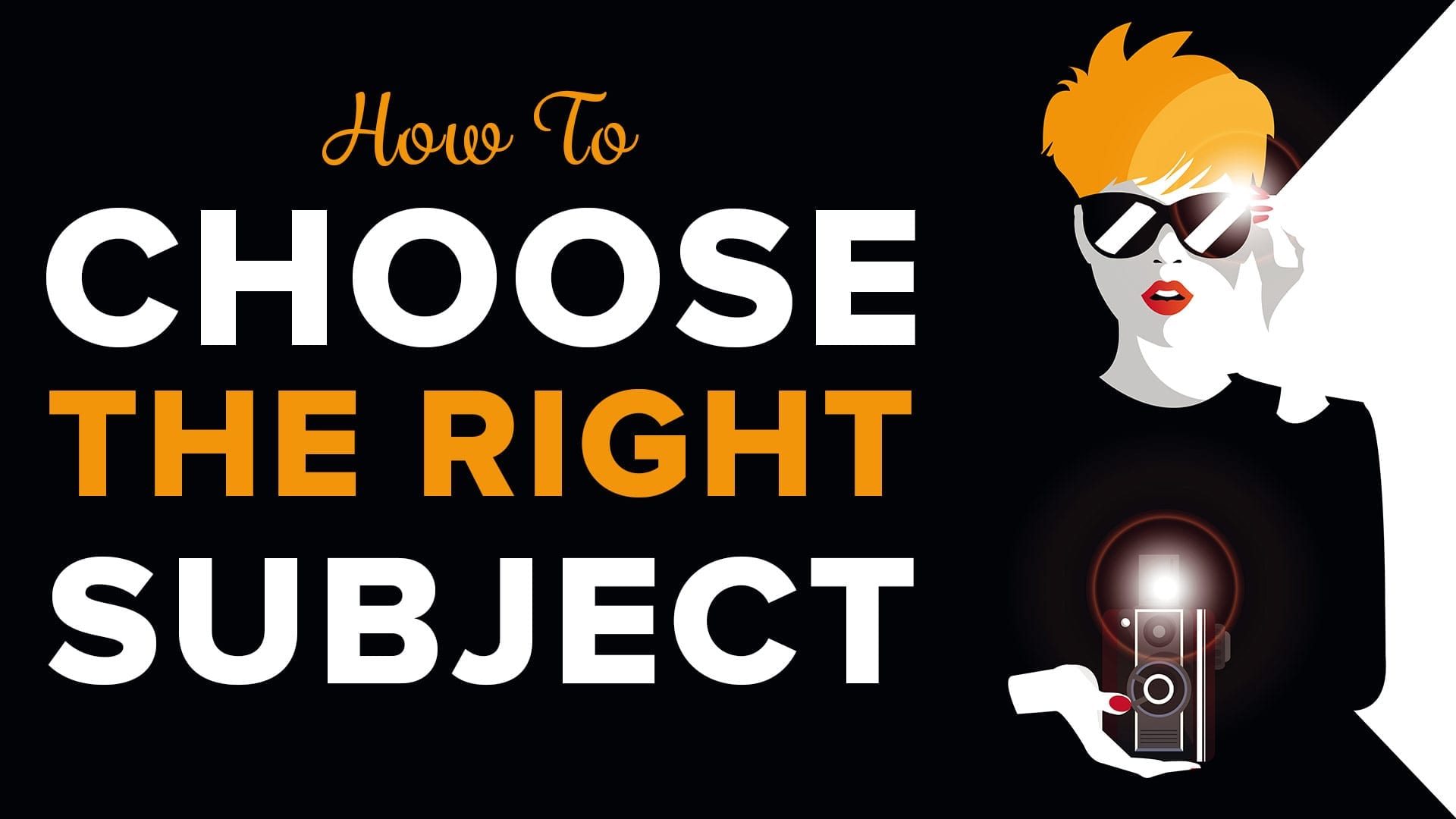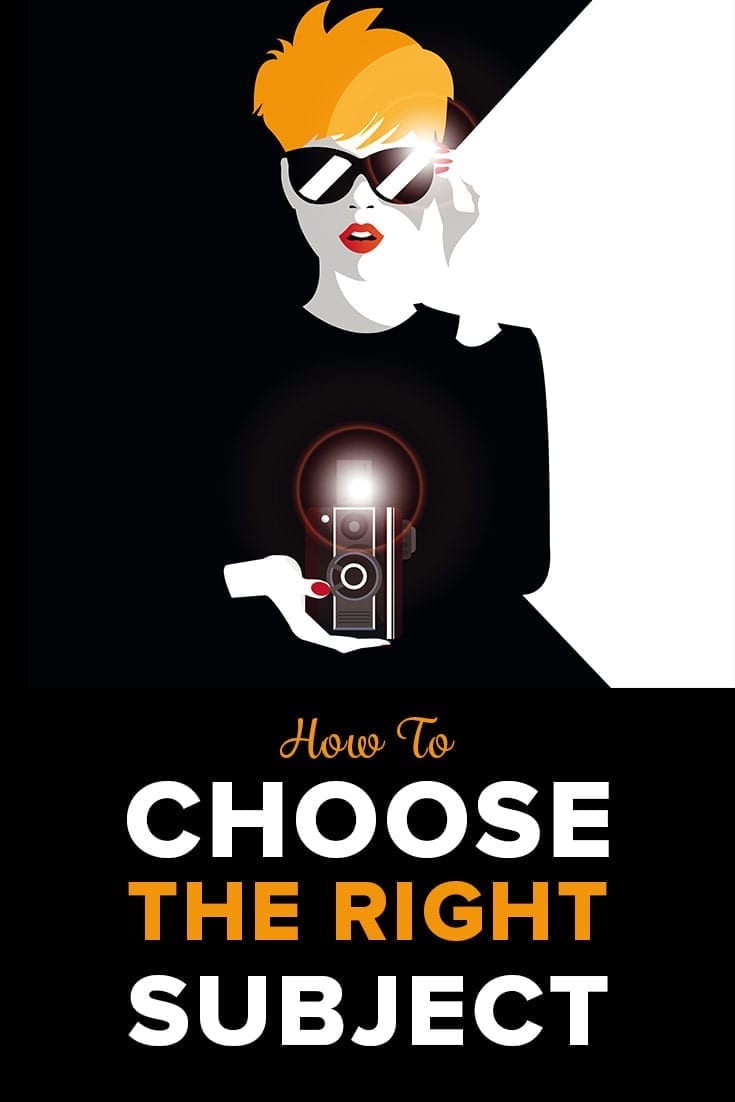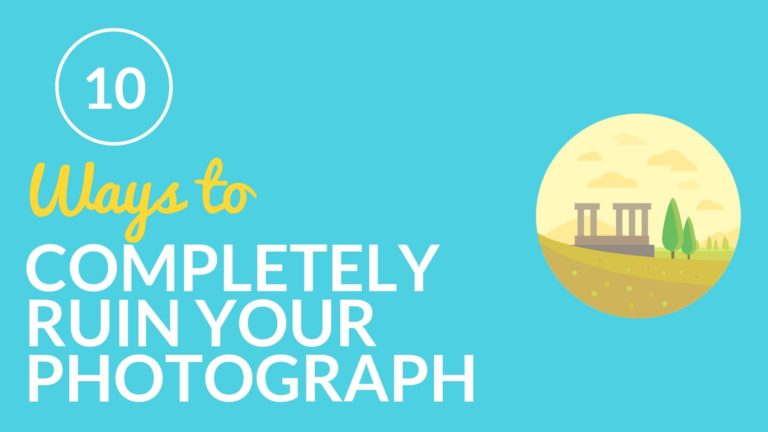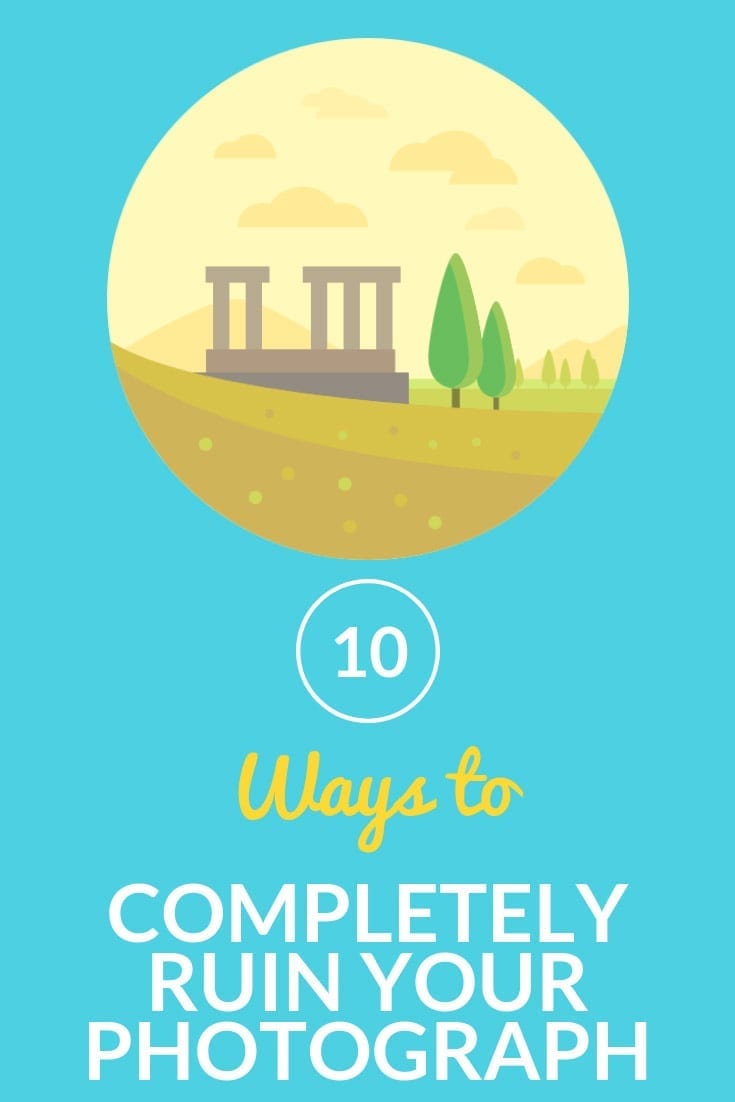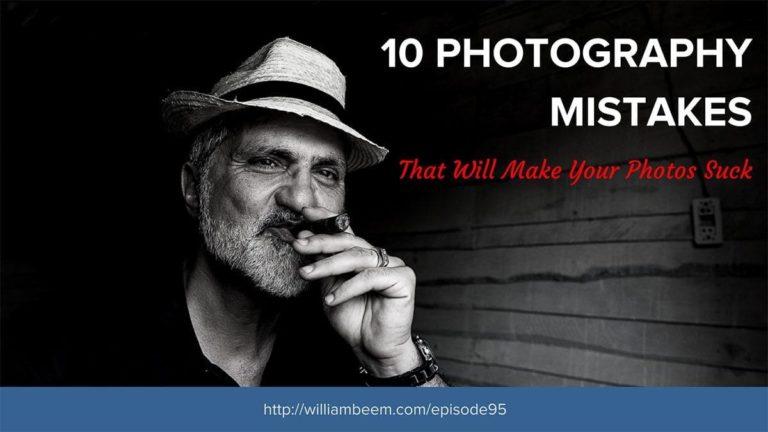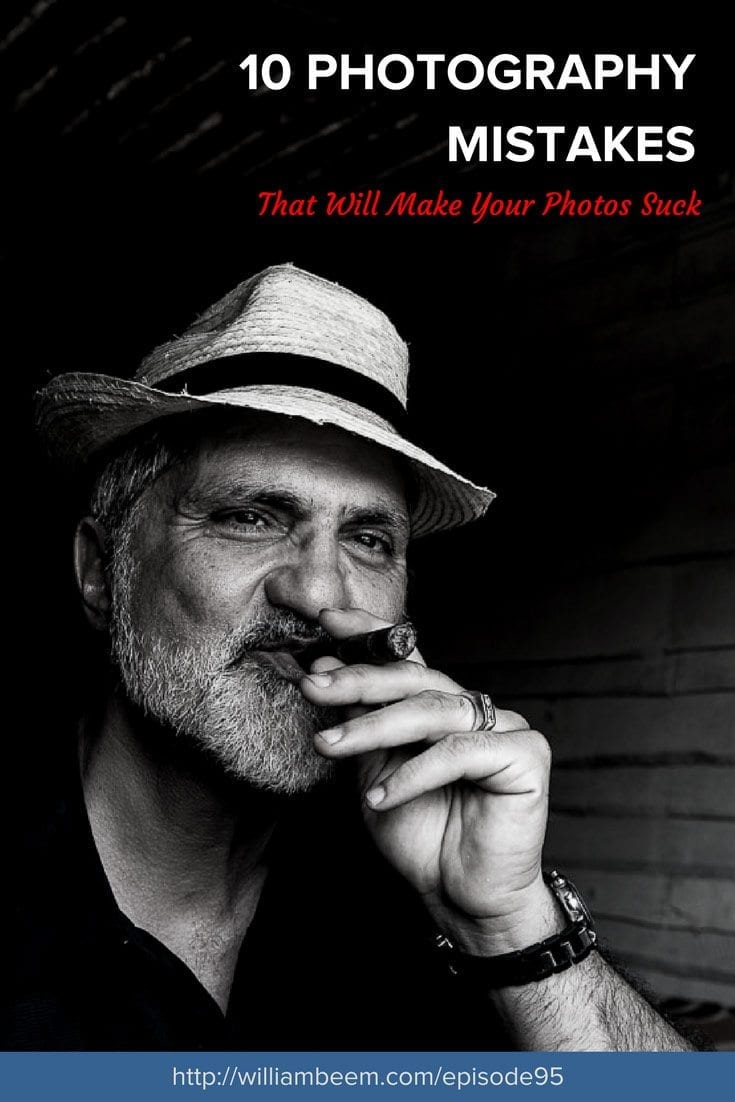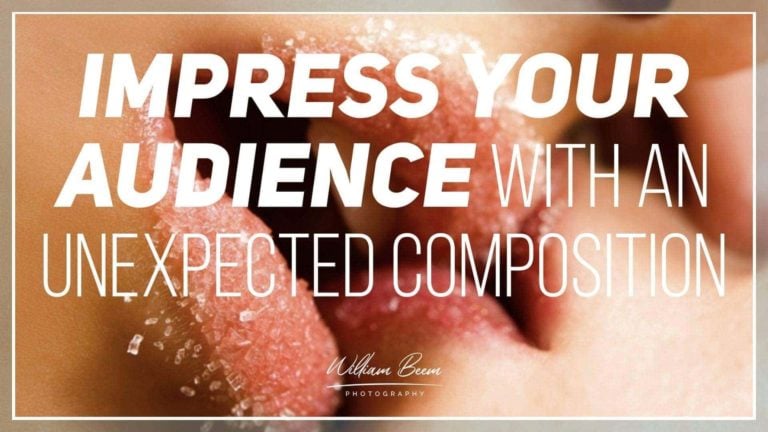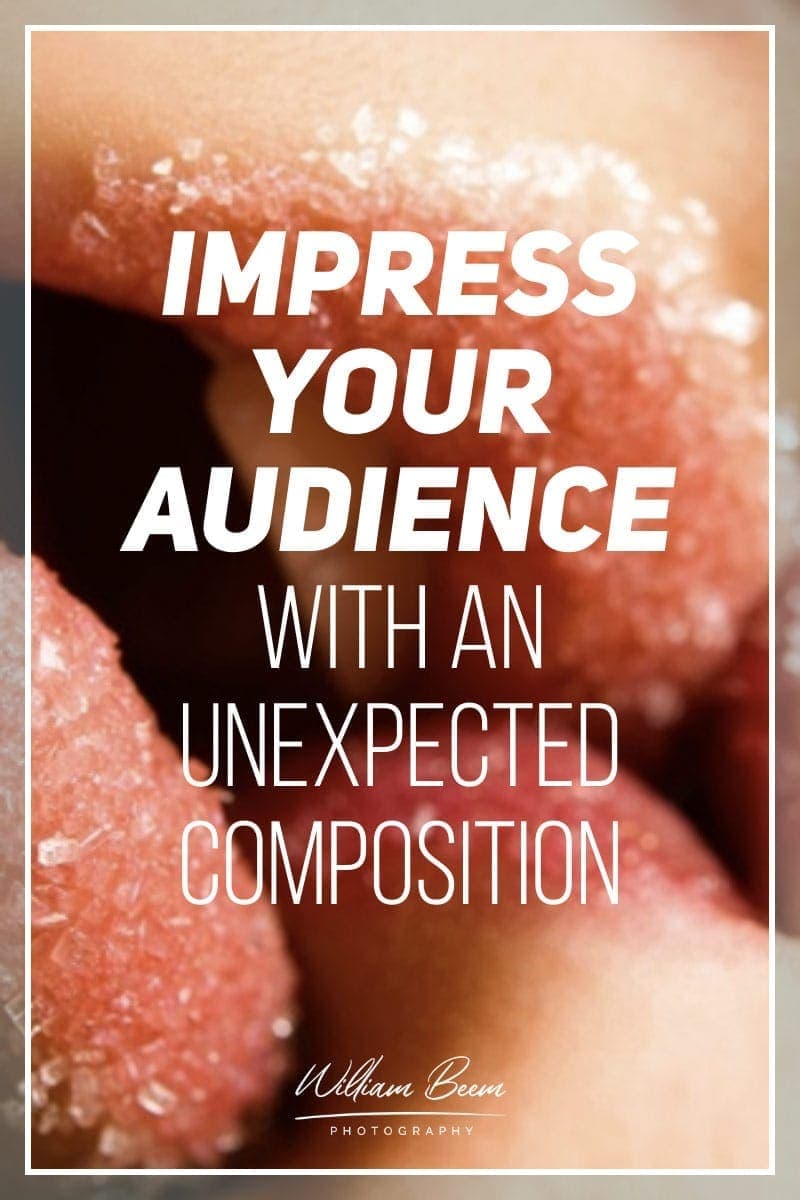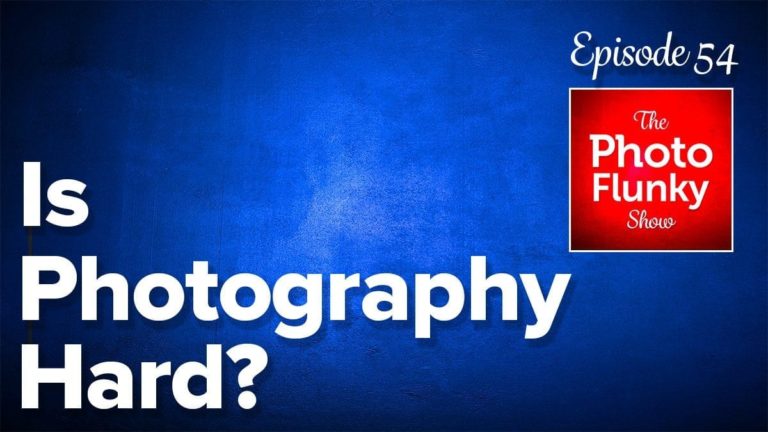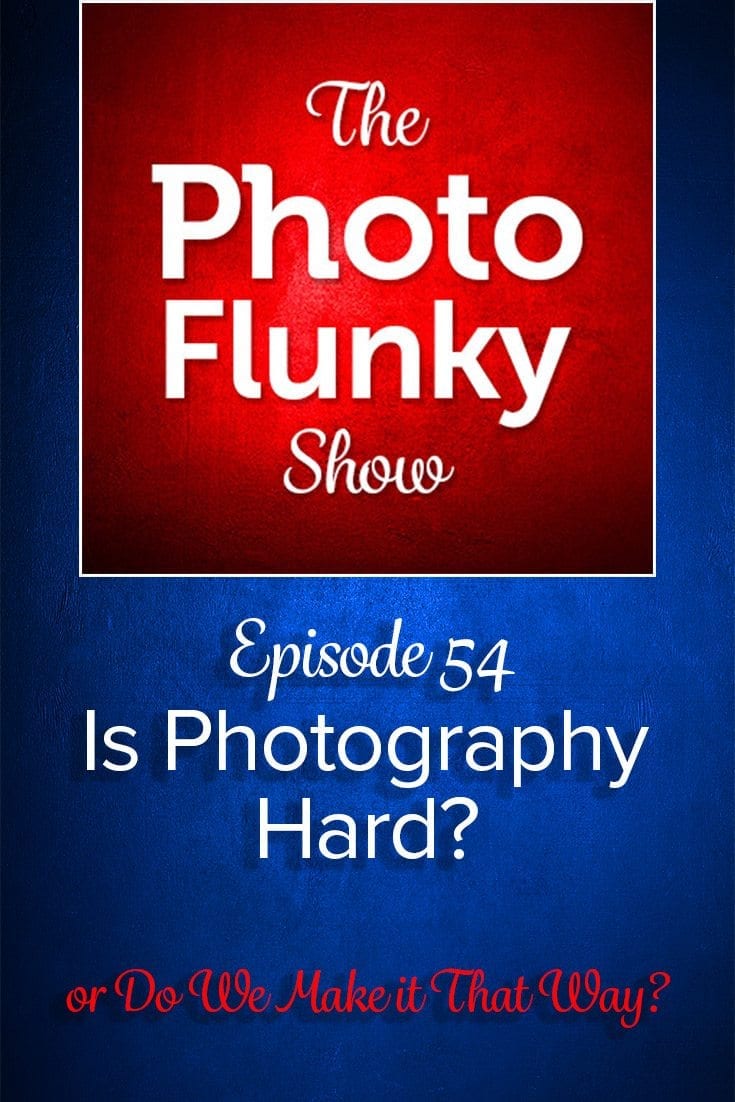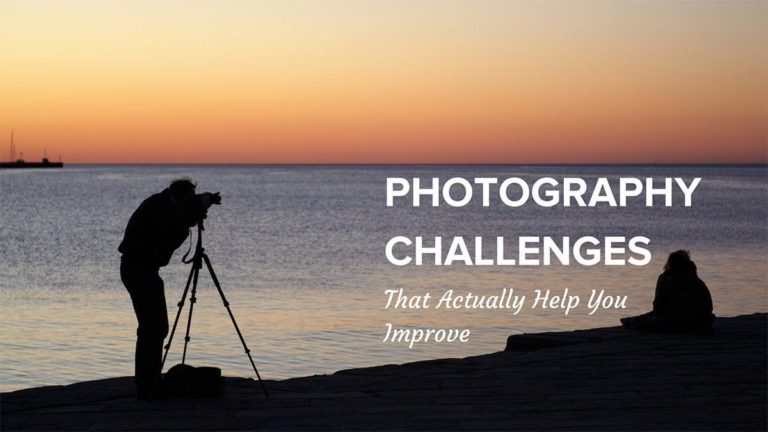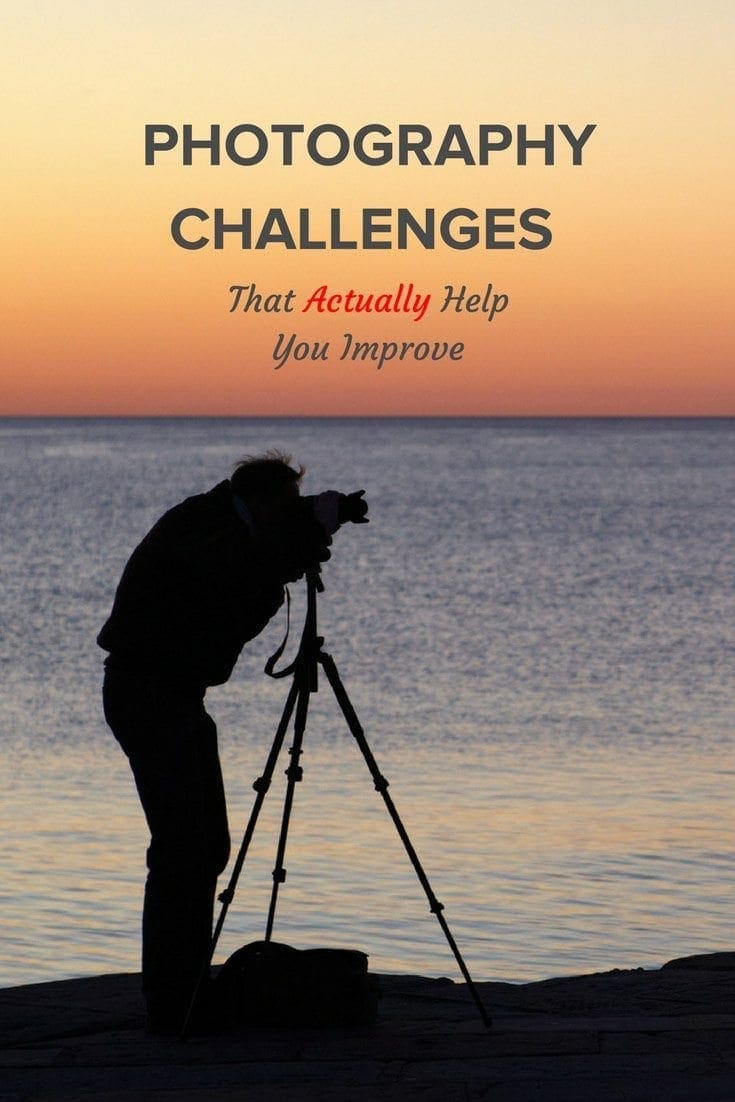Affiliate Disclosure: We earn a commission if you purchase through one of our links at no additional cost to you.
Is it really important to choose the right subject for your photo? After all, I’ve said before that the subject almost doesn’t matter if you have good lighting and a great background. You could almost replace one subject with another and still create a great photo.
Of course, our subjects are the entire reason we take photos. We want to share their story with our audience and make them feel some emotion. The thing that becomes important is knowing why your subject is good for your audience
10 Elements of Composition in Photography
This episode and blog post are part of a series we’re creating to expand upon this blog post.
As a list of 10 elements of composition, I thought the post touched on some useful ideas. However, I decide that it may help if we expanded a bit more on each of those elements. I hope this gives you some ideas to use in your compositions.
What is a Photography Subject?
Some people will tell you that a photography subject is a primary object (or person) in the photo. I won’t disagree with that definition, but I think it’s incomplete. Your subject may be an object, or it may be a concept.
Let’s say that you want interesting colors to be your subject. If that’s the case, it doesn’t really matter what object is in your photo. What matters is that the color you want is in the photo, and it’s prominently displayed in the frame.
You may visit a destination that has its own color palette, and those colors become your subject. Maybe you want to look for geographic shapes. Shadows may be a subject, or something like interesting texture from building decay.
In most cases, your subject is a primary object or person. However, don’t limit yourself to those confines. If it’s interesting to you or your audience, then you’re on the path to choose the right subject for your photo.
Here are some ideas to help you think beyond the expected limitations of subject matter.
Look for Something Personal
Find something personal if you want to touch a nerve and make your subject feel some emotion. Humans tend to understand and respect personal items even if it isn’t personal for your viewer. Things that belonged to someone form a human connection.
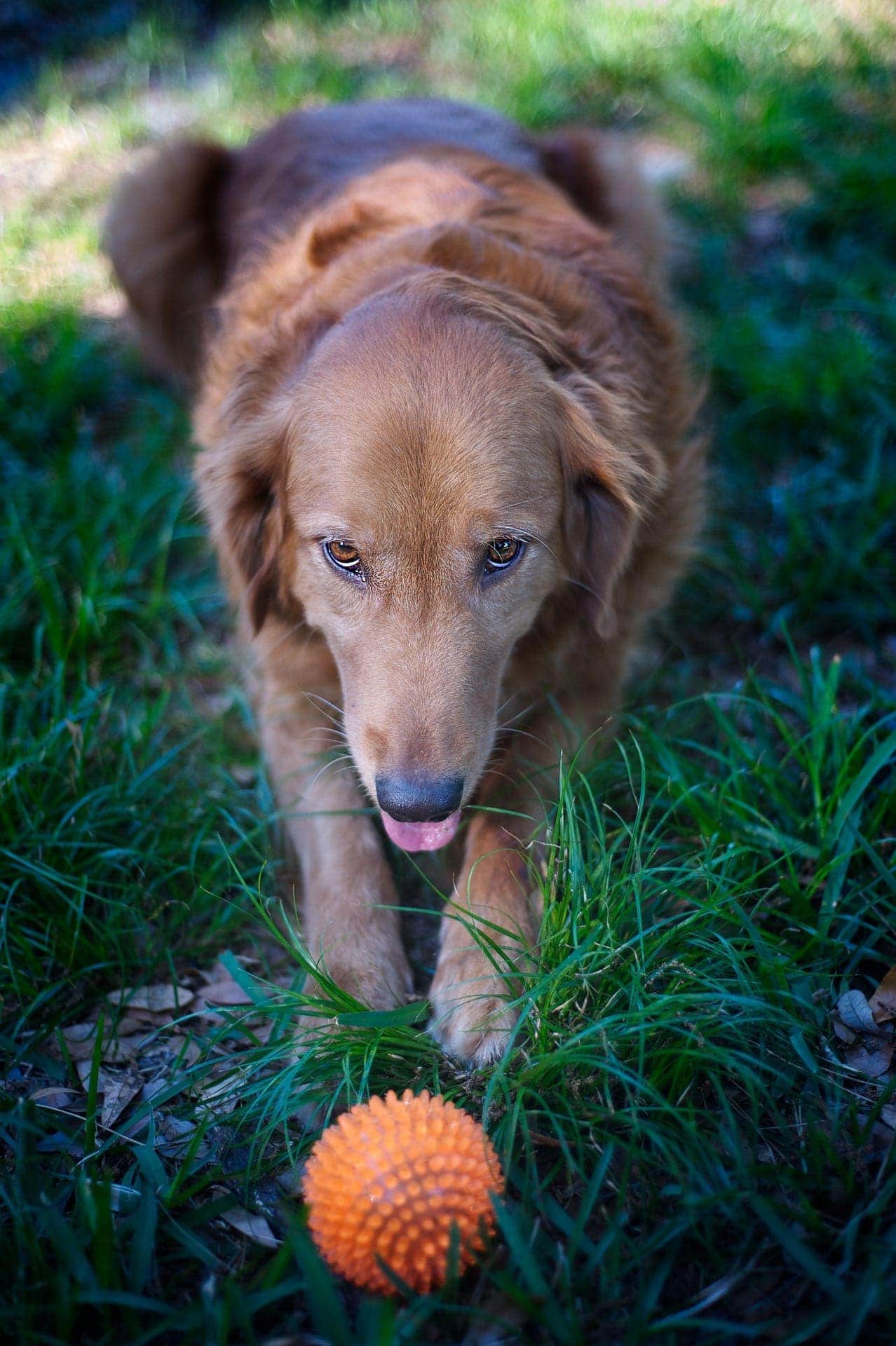
My dog Zach loved his toy balls. I don’t know if it’s because it felt good in his mouth with those little spikes, or if it’s because that ball represented play time with me. In any case, there’s a connection between a dog and his ball.
Look in his eyes. You can almost tell he’s just waiting for me to pick it up an throw the ball.
Do I need a living subject in the photo with something personal? Not necessarily. It really depends upon the story you want to tell.

This toy car is Melvin’s racer. Melvin was my uncle, but I never met him. He passed away as a child before I was born. My mother gave me this toy some years ago. It’s a simple wooden toy from an older time, but to me it’s a family heirloom that sits on my mantle.
Does it mean anything to people outside of my family? Probably not. That merely means my audience for this particular photography subject is pretty small; limited to people in my family who have very little to help them remember someone who didn’t get to live his life.
Yet another example of looking for something personal comes from urban exploration. It’s not my genre of photography, but some people like to explore abandoned places and take photos. Partly because of the decay, but also because those abandoned places represent someone’s former life.
There’s a personal connection, even if you never knew the people who lived there. Personal subjects play upon the viewer’s empathy.
Some Subjects are Topical
If something is in the news, it’s a subject with interest. People love news. I don’t know why, unless it’s due to a fear of missing out. If you can find a subject that ties to something topical or in the news, then you have interest for your subject.
Remember that topical subjects don’t necessarily lose their interest over time. Think of famous photos from the past that still draw interest today.
Some subjects are topical only at a particular time of year. For example, my fireworks photos tend to be interesting twice each year – New Year’s Even and Independence Day.
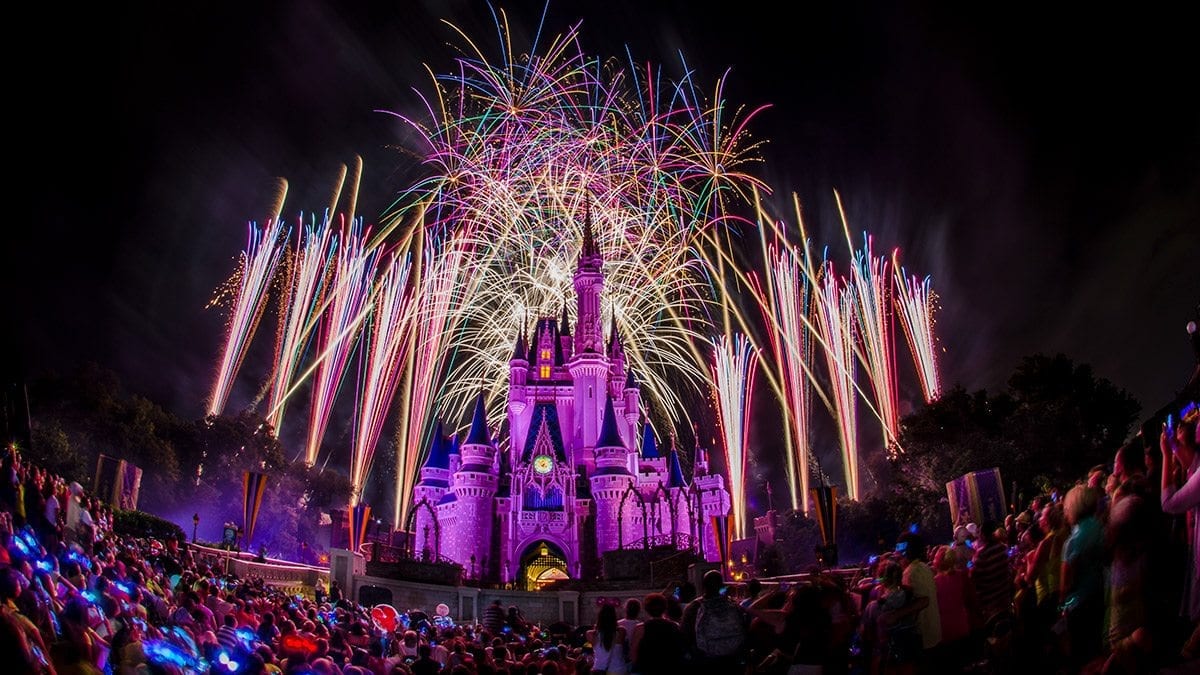
Photos may be topical because they are seasonal, like the winter scene below.

Maybe you can choose a topical photo because of an event. Keep in mind that a photo subject that’s topical for one person may not be topical for another. If you’re planning a vacation to the Caribbean, then a snowy river in Utah isn’t topical for you. However, a sunset behind some peaceful waves may be just the thing for you.

Think about your audience and what could be topical for them. Think about what they want to feel and choose the right subject for your photo.
An Interesting Subject Works
How often have you seen something and thought, “Oh, that’s interesting?”
Think about what caught your interest.
There’s an old saying…
I’d take it to one more step and say that you should make the light interesting. For example, using color gels in your lighting enhances the interest of your subject just as much as an interesting subject itself.
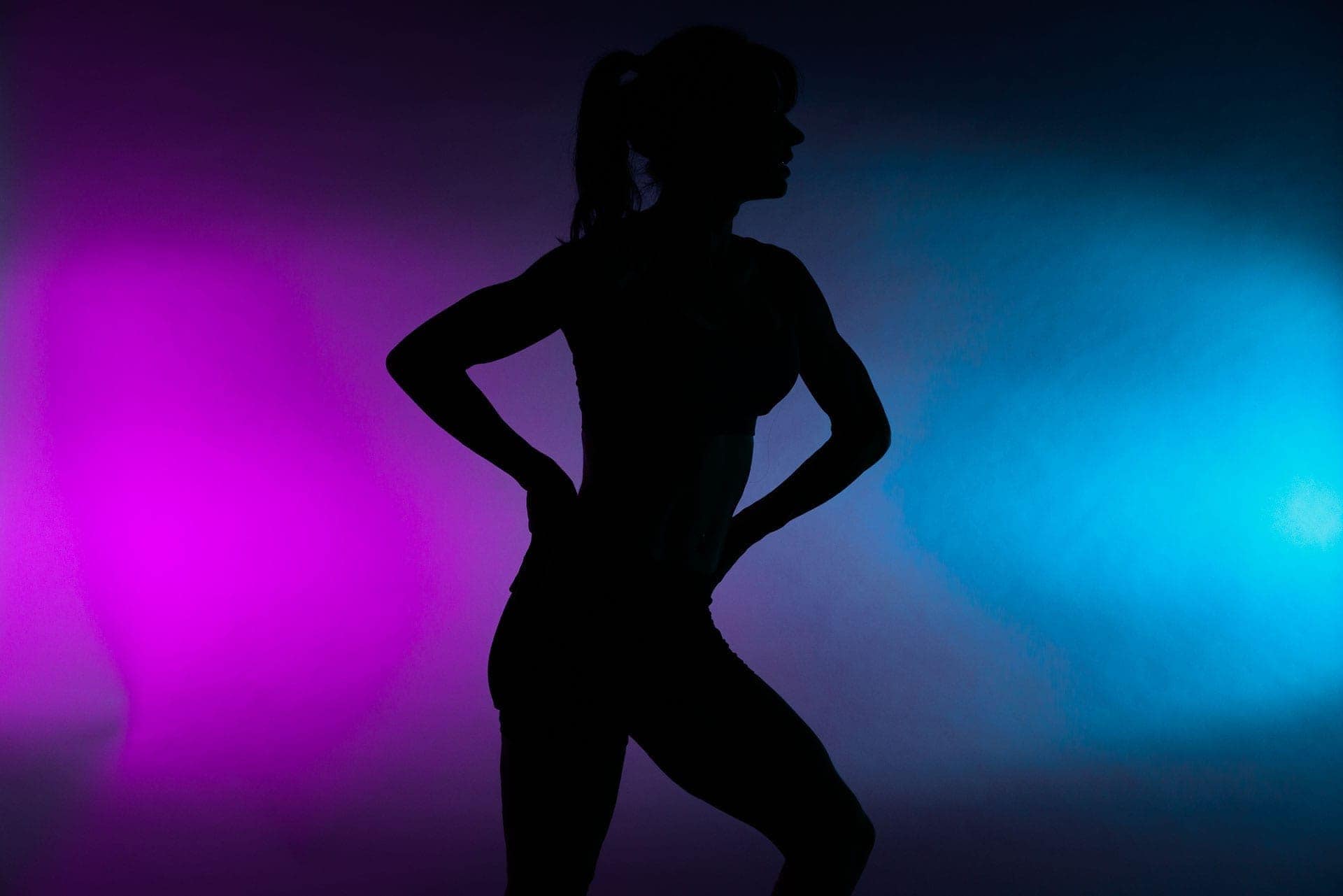
Do You Have a Rare or Unusual Subject?
One way to choose the right subject for your photo is to find something most people don’t get to access. Many people want what they can’t have, meaning a photograph is the next best thing.
That could mean taking a photo in a place where most people don’t get to visit, something exclusive from the public. It could be a rare animal, like the Blue Inaris below.

It’s not every day you come across a blue snake. I think this beady-eyed little bugger would get my attention if it crawled around my back yard. It’s simply because the color of the snake is unusual that I find it interesting. If this guy were the usual black or brown snake that I commonly see, he wouldn’t be worth a second look.
Do You Have an Unusual Way to Show Something Common?
One of the best tips I heard to create an interesting photo was to put your camera somewhere with an interesting point of view.
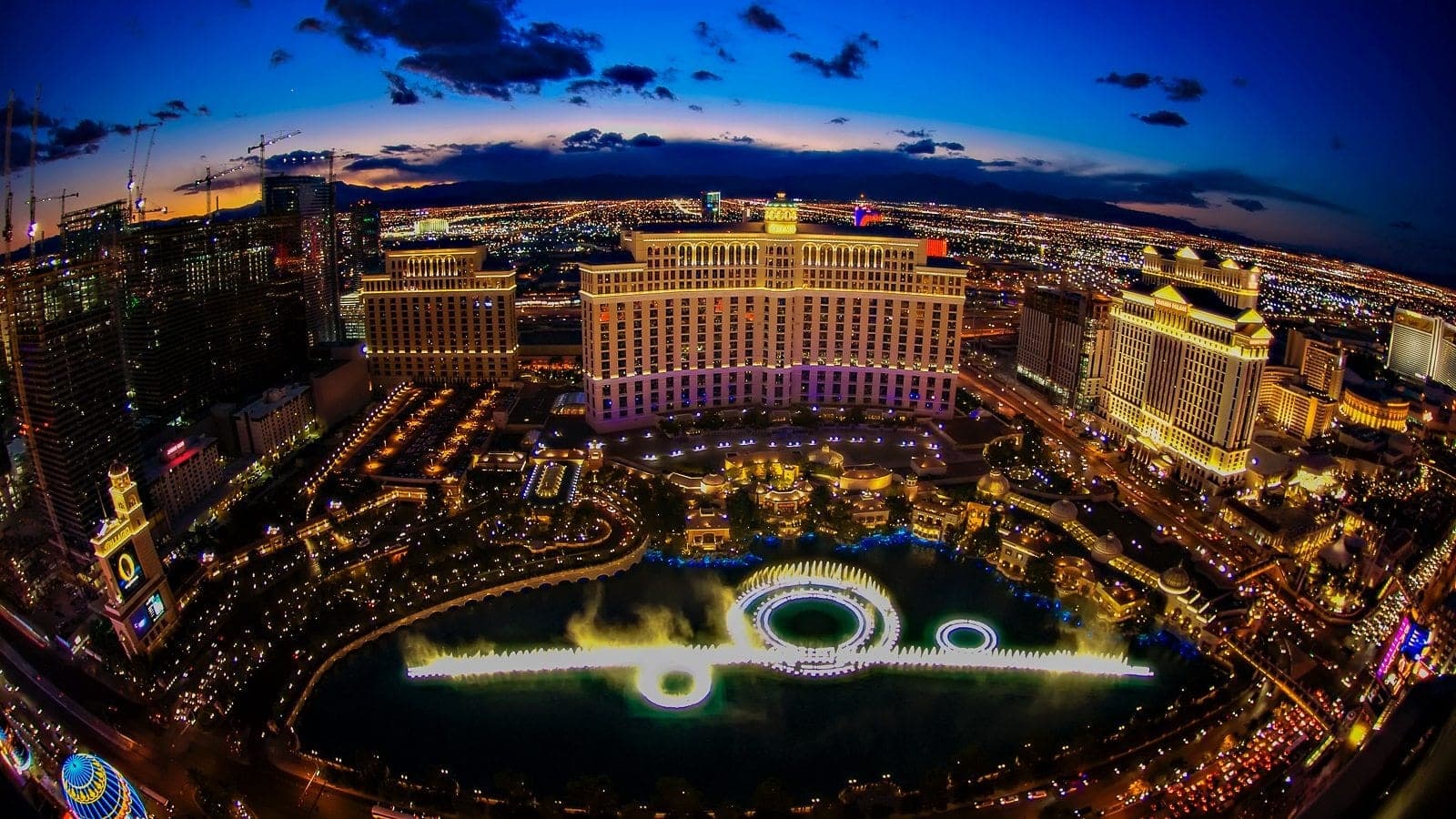
Most people who visit Las Vegas end up walking by the Bellagio Fountains. A smaller portion of them go up to the top of the Eiffel Tower replica, where they get a view like this one.
Putting your camera high or low in relationship to your subject is a great way to get a different perspective. You’ve seen this before with drone photos, but you can do the same if you’re willing to climb some stairs or take an elevator to a place with a different point of view.

On the other hand, sometimes you need to get low and shoot up. Plenty of people visit the U.S. Capitol every year and walk around looking at statues and artwork. If they pay attention, they can look up in the rotunda to see the Apotheosis of Washington. Combine that with his nearby statue and you have something a bit different.
How Do You Emphasize Your Subject?
Wouldn’t it be a shame if you could choose the right subject, but nobody knew about it?
That’s why you want to make sure you emphasize your subject in the photograph. The idea is to help your viewer know exactly what is important in the photo, and understand the rest is there to support the subject.
You can emphasize your subject with a number of techniques.
- Selective focus
- Color contrast
- Perspective
- Lighting
- Texture
- Framing
You want to draw the viewer’s eye to your subject. One of the most common ways to do this is to make sure your subject is just a bit brighter than anything else in the photo. You can use a vignette to darken the edges of your photo, directing your eye inward to the subject.
Sometimes you can do this by changing your subject slightly. Some portrait photographers like to enlarge the eyes of their subjects slightly. Bigger eyes attract more attention and draw people to the subject.
Here are a few other ideas.
Where Do You Place Your Subject in the Frame?
It’s tempting to put your subject dead-center in the frame. Most experienced photographers will tell you that violates the Rule of Thirds, which means you should have your subject somewhere a third of the way from one edge and two thirds from the opposite.
Let’s take a look to see the difference. First, here’s the original photo where I followed the Rule of Thirds.
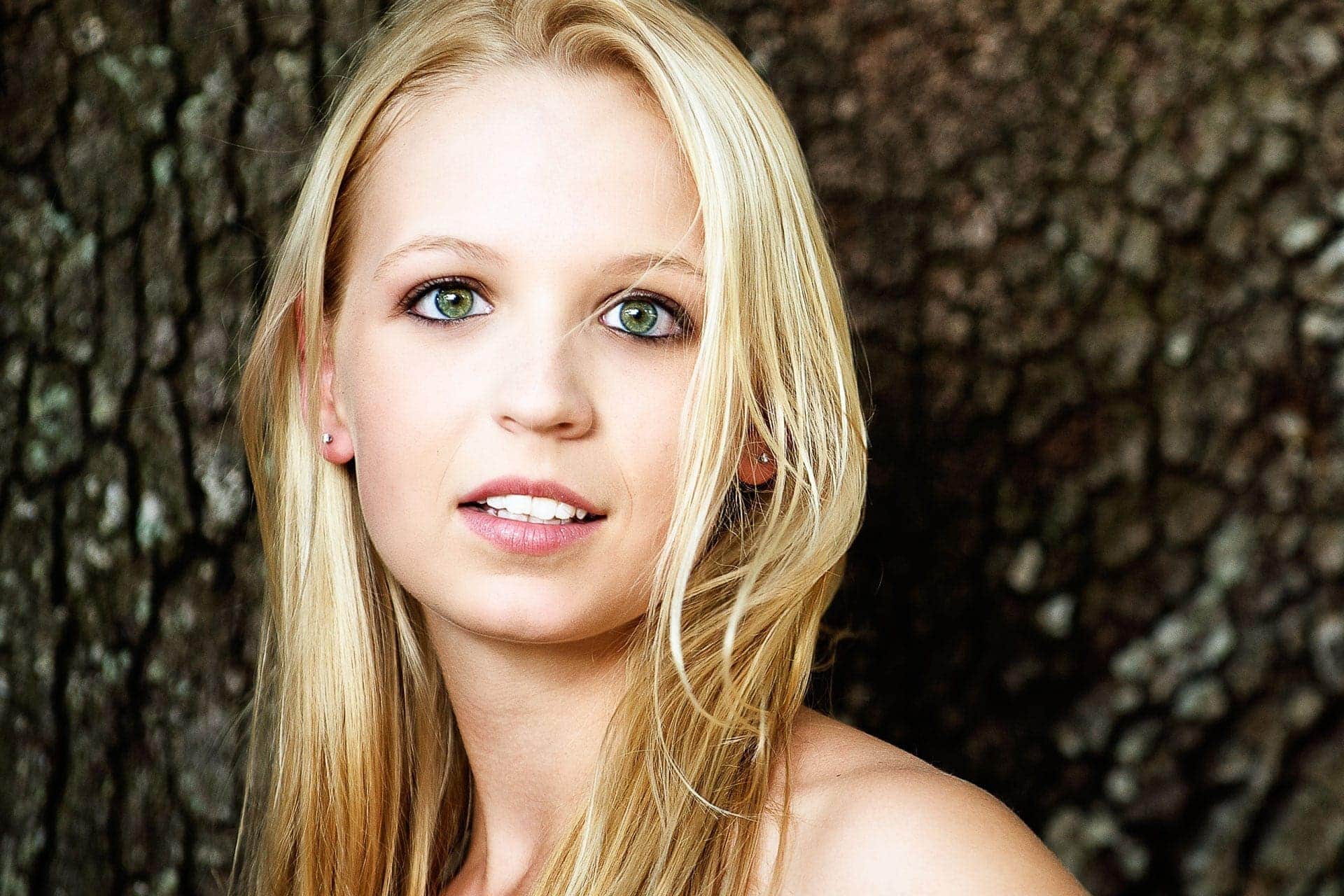
Now let’s take a look at a crop that puts her dead-center in the frame.
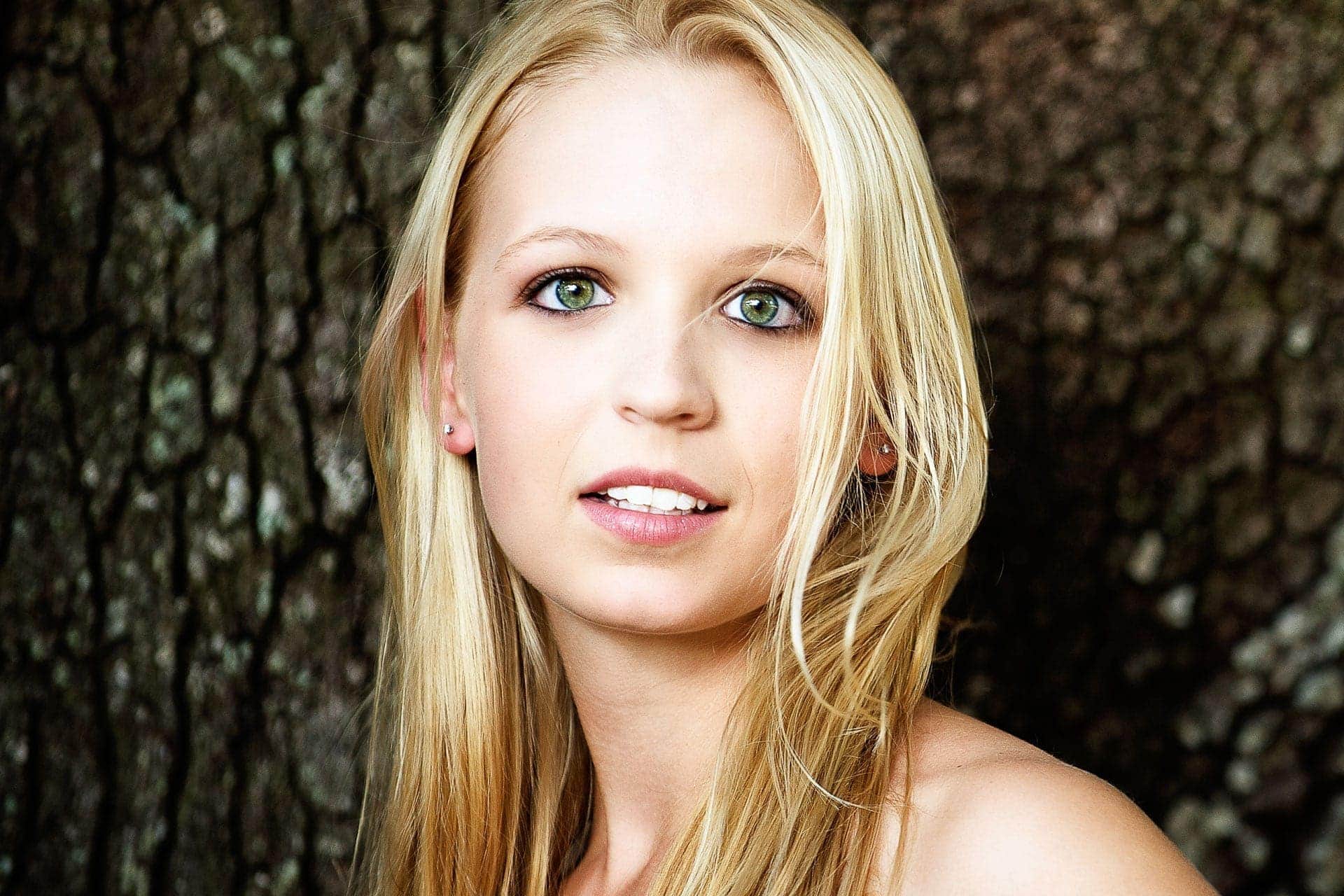
The first photo places her right eye in the intersection of the third of the top, and third from the left. In the next photo, both of her eyes are lined up with the first third from the top, and she’s in the center of the frame from left to right.
Does it make a difference to you?
To me, the second photo just looks a bit dull compared to the first. They’re the exact same photo and the same size crop. I just find that placing a subject off-center is a bit more pleasing to my eye.
Perhaps there are times to break the Rule of Thirds and drop your subject in the dead-center. Doing so emphasizes power, and that’s not a bad thing. Just make sure your subject is worthy of that power position.
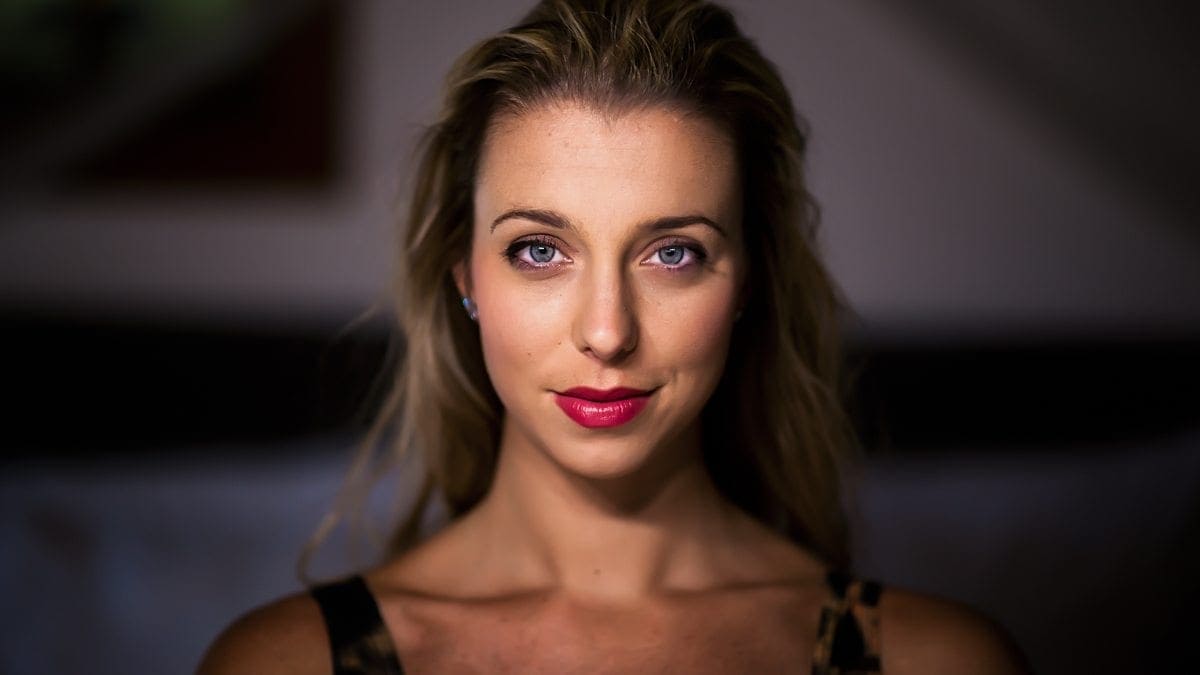
Do You Have Interesting Light on Your Subject?
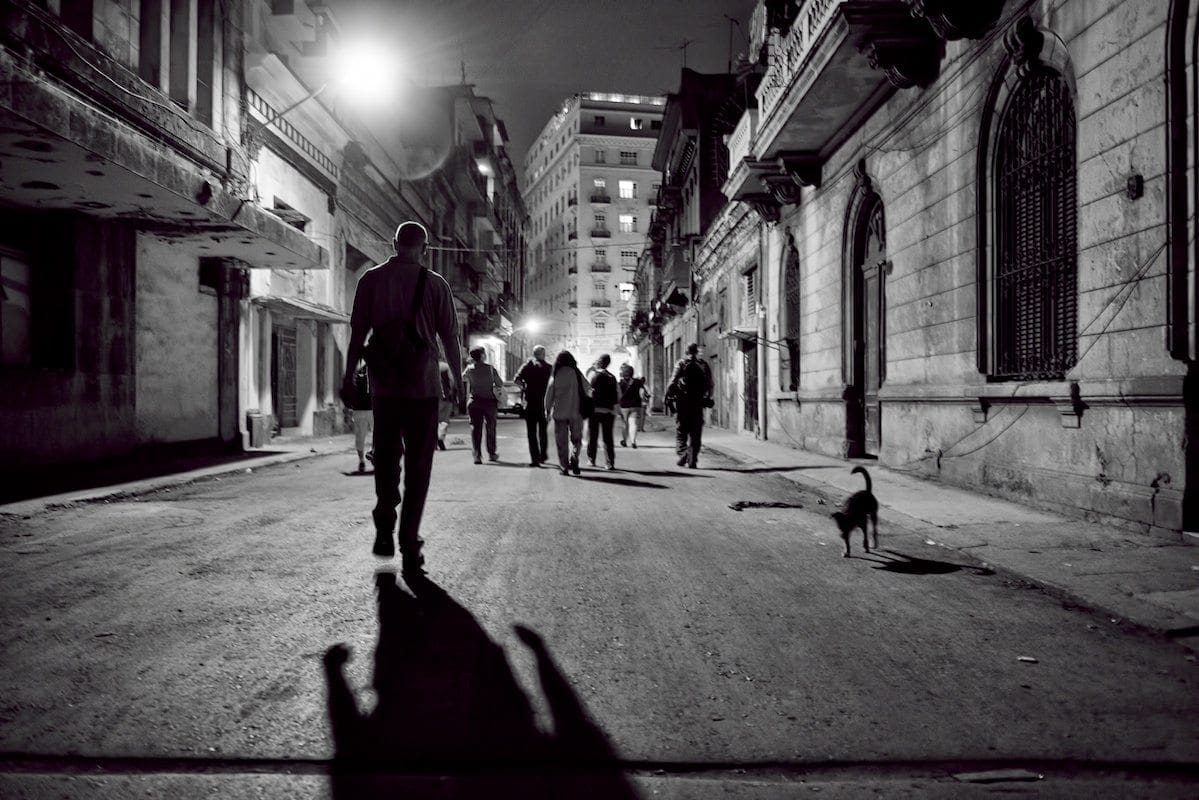
How many times have you heard the phrase “Bad light?”
I’m guessing it’s often used for harsh light, midday sun, or similar circumstances. I don’t think there’s any such thing as bad light. What’s more important is to match the light with your subject. What works in one case may not work in another.
The photo above has light that’s right for the subjects. If we took a photo of the same group walking in flat light, would it feel the same? Of course not.
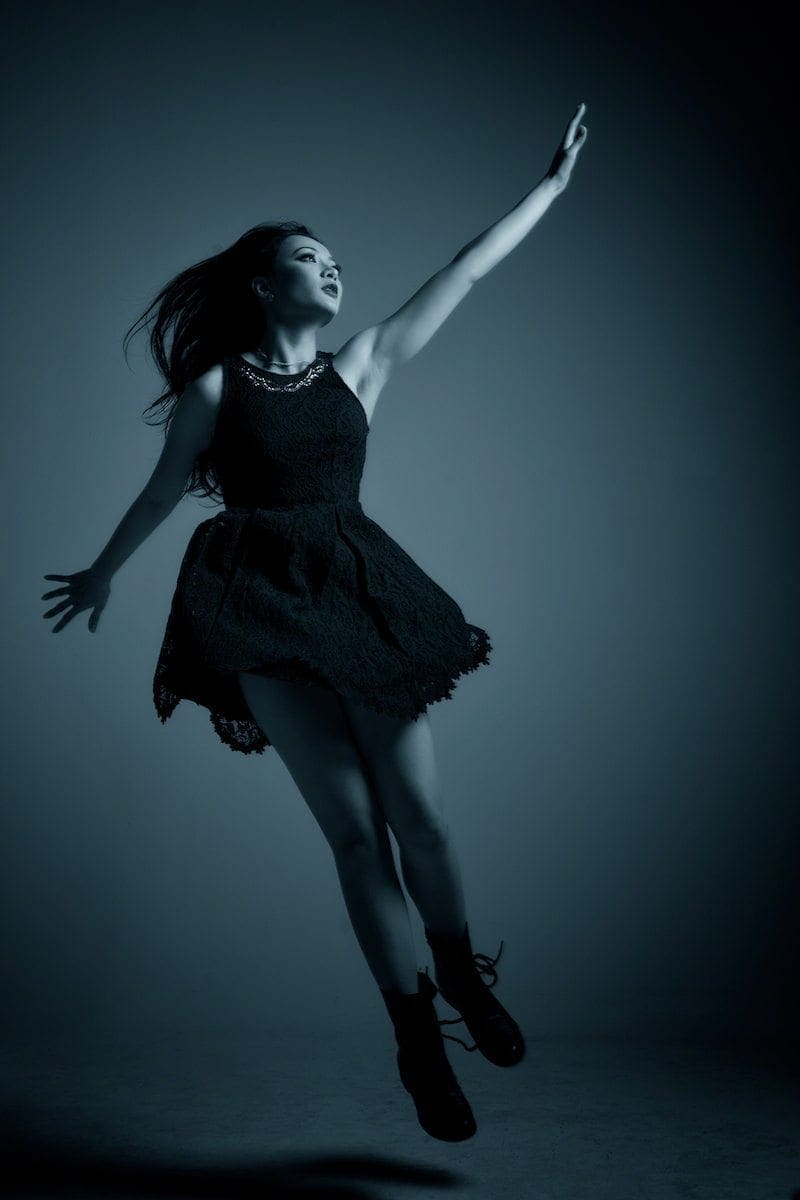
Light isn’t interesting merely because it’s soft or hard. The direction of light, and the way it hits your subject, is extremely important. Notice how the direction of light on the photo above also leaves shadows. That helps to carve out her cheeks and jawline, providing more definition.
Directional light also helps with your story. She appears to be reaching for something with her left arm, looking toward what she wants.
Tell the Story of Your Subject
What story would you imagine based upon this photo?
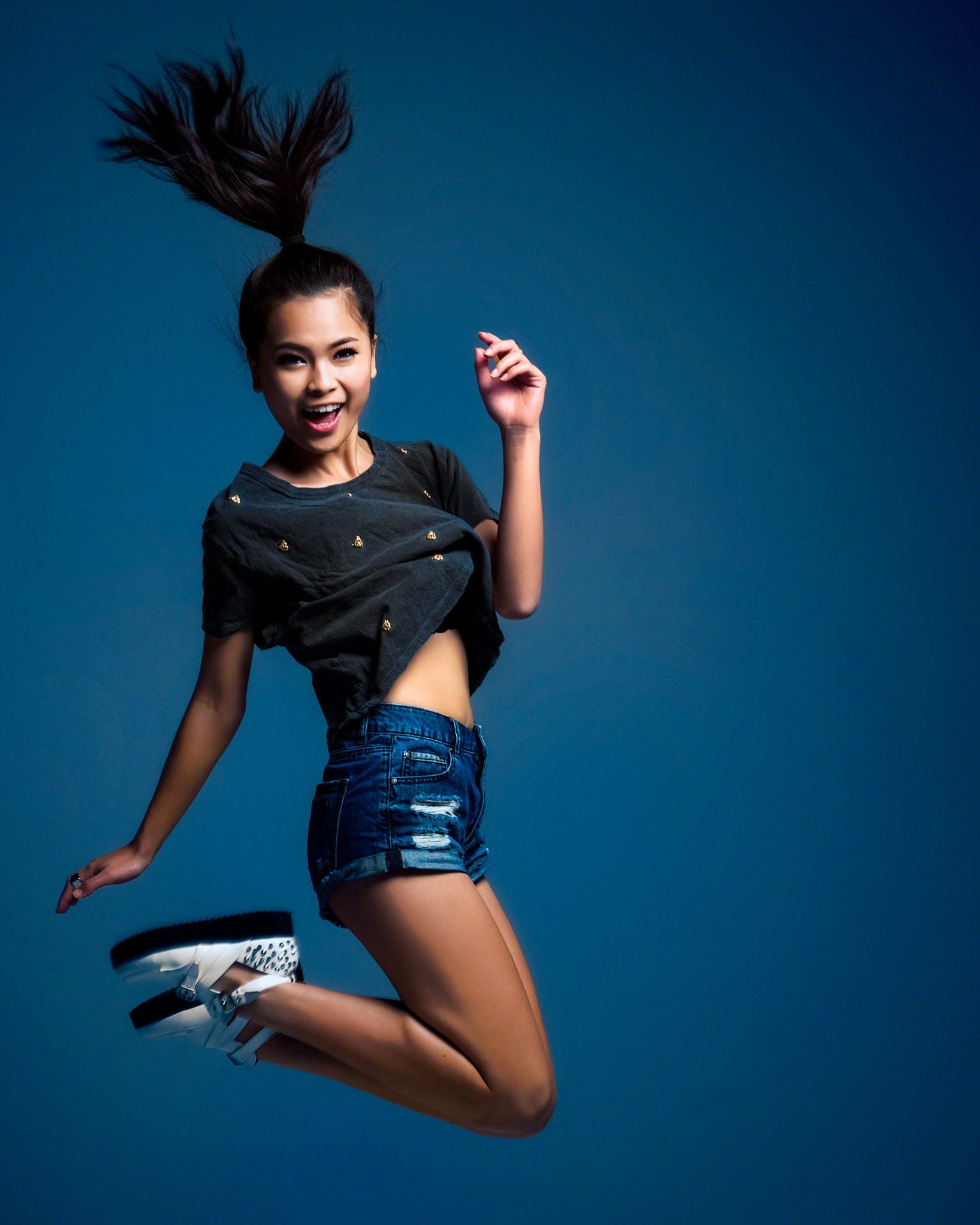
Youth? Happiness? Energy?
You don’t have to hit someone over the head with your story. It’s fine to let the viewer invent their own story. That’s the best result. A viewer who comes up with his or her own story to explain the photograph is engaged.
If you lay it all out without any room for interpretation of your subject or its story, then there’s really no need to pay attention for very long. Leave something unsaid or mysterious in your photos to keep them interesting
The way to choose the right subject for your photo is to allow the viewer to engage and mull over what it all means.
Complement Your Subject with Background and Surrounding Objects
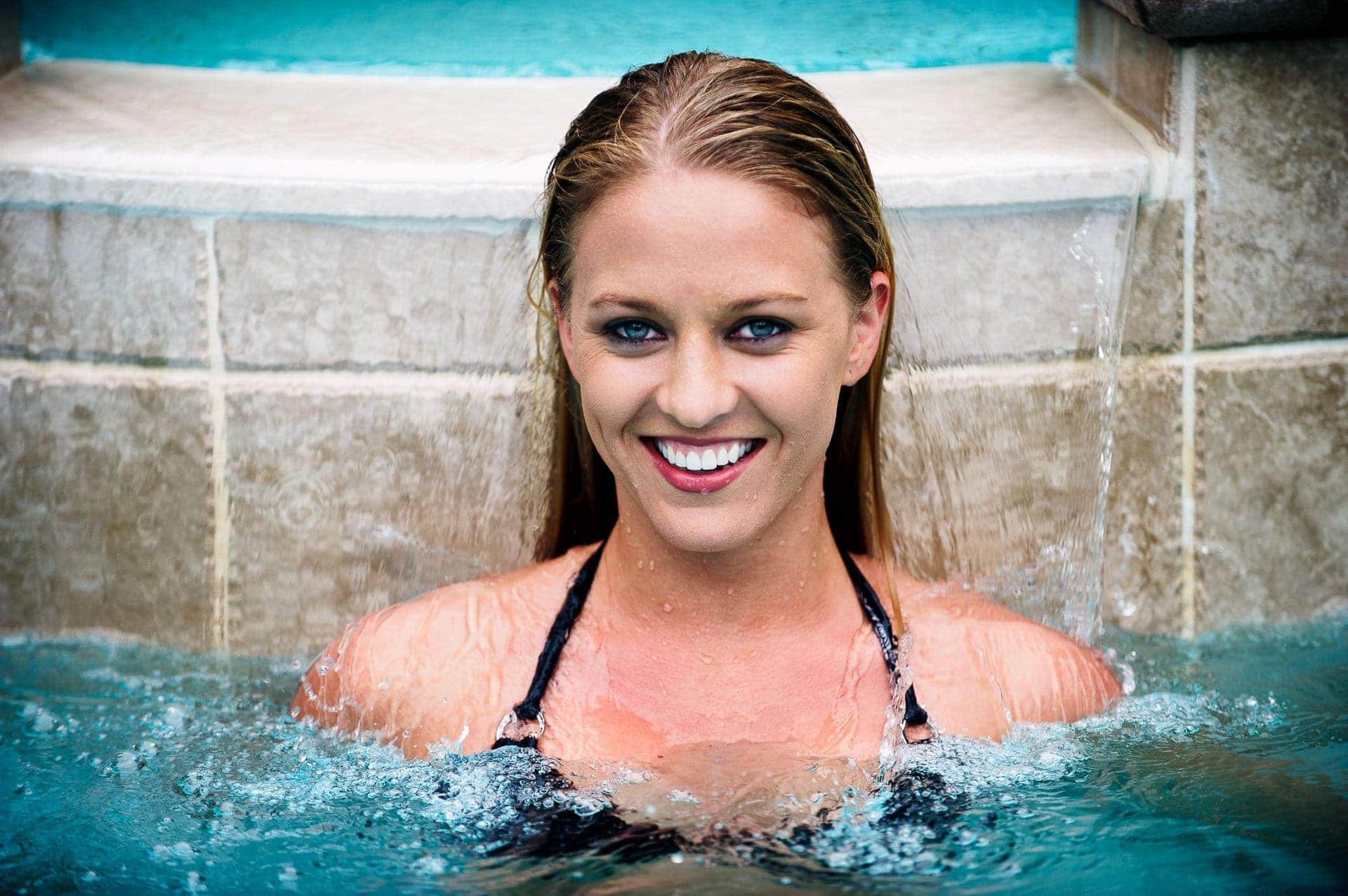
Where should I take a photo of a wet woman in a swimsuit?
There’s more going on here than tossing a portrait subject in a pool (even if she’s dead center). The pool is a supporting location. More than that, the water makes a nice complement with her skin tone. The idea of complementing your subject has more than one meaning.
First, it helps to tell the story of your subject. We don’t know why she’s in the pool, but she seems to be having a good time (which is a good reason to be in a pool).
Second, the color contrast helps emphasize her as the subject. Both with the color of water below, and the tile behind her hair. She pops as the main feature, or subject, in the photo.
That’s not to say that you can’t do a “fish out of water” story with your photos. We would put a wet woman in a bikini in the middle of an urban environment. That could be interesting because she doesn’t belong there. However, you still need to make sure the color and tone of your surroundings and background complement your subject.
If she just blends in without anyone noticing. she’s done a great job with camouflage. However, it sucks as a complementary background that neither tells a story or emphasizes her presence in the frame.
About Our Dogs
We had a bit of a side tangent talking about our dogs on this episode. I thought I’d cut it out of the episode, but I’ll live up to my word in the show and post photos of our dogs.
The bone of contention was about Milo. I love all of our dogs, and that includes Milo. However, I maintain that he’s not cute. He’s an idiot. My wife and daughter are confusing his stupidity for cuteness.
So you decide. Is the white Labrador Retriever in this photo cute, or just stupid?


